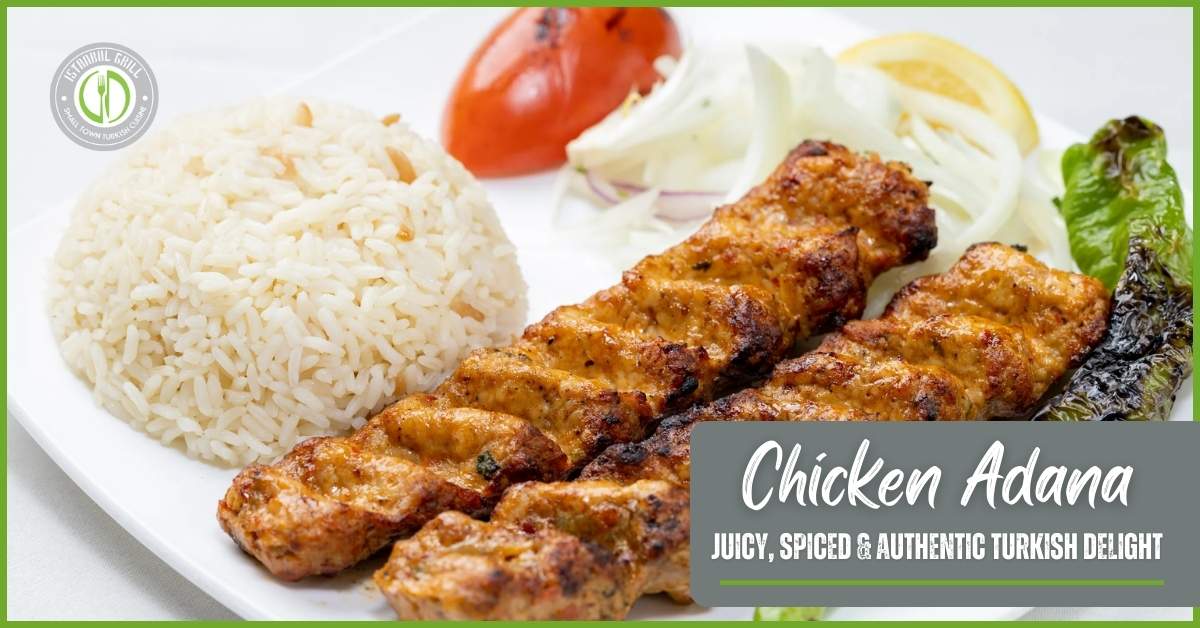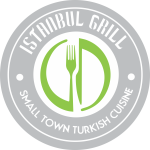Top 10 Dishes to Eat in a Turkish Restaurant
Turkish cuisine is a rich and diverse combination of flavors and textures. During, eating at a Turkish restaurant is like embarking on a culinary journey through various eras and locations. Accordingly, each dish tells its own story, from the busy streets of Istanbul to the peaceful shores of the Aegean Sea Turkish Restaurant Dishes. Once, this article will look at the top ten delicious Turkish dishes, each offering a unique taste of Turkey’s culinary tradition.
The Rich Heritage of Turkish Cuisine
Historical Influences
Turkish cuisine has a charming history, formed by many different nations, especially the Ottomans, Greeks, Persians, and Arabs. Because of its wide influence, the Ottoman Empire introduced a diverse range of ingredients and cooking methods that combined flavors from Central Asia, the Balkans, and the Middle East.
Regional Variations
Turkey’s food variety plays an important role in its culinary landscape. The coastal regions like the Aegean and Turkish Restaurant Dishes Mediterranean are known for their light Turkish Restaurant Dishes, and seafood-based dishes, while the Anatolian heartland offers healthy, meat dishes. Subsequently, each region adds its unique twist, ensuring that Turkish cuisine is as diverse and flavourful.
Why Turkish Cuisine is a Must-Try
Unique Flavours and Ingredients
Turkish cuisine is famous for its deft use of fresh ingredients and spices. Common ingredients like yogurt, sumac, mint, and dill are proficiently combined to create dishes that are both delicious and comforting. Further, to guarantee balanced and nutrient-dense meals, whole grains, meats, and fresh vegetables are used.
Health Benefits
To summarize, most of the Turkish dishes are delicious as well as healthy. Lastly, the common ingredients are olive oil, legumes, and fresh herbs which allow the appearance of the health concept of the Mediterranean diet.
1. Kebabs: The Quintessential Turkish Delight

Different Types of Kebabs
Turkey’s most famous dish is probably kebabs, renowned for their rich and varied flavors.
- Adana Kebab: This hot, spicy minced meat kebab, named for the city of Adana, is well-known for its intense heat. Additionally, it comes with grilled veggies, sumac Turkish Restaurant Dishes onions on the side, and flatbread.
- Shish Kebab: This popular dish features skewered cubes of marinated meat. Likewise, lamb or chicken, grilled to perfection over an open flame.
Top Side Dishes
Rice pilaf, bulgur wheat, or salad of fresh tomatoes, cucumbers, and peppers tossed with olive oil and lemon juice are common side dishes for kebabs.
2. Meze: Turkish Appetizers to Start Your Meal
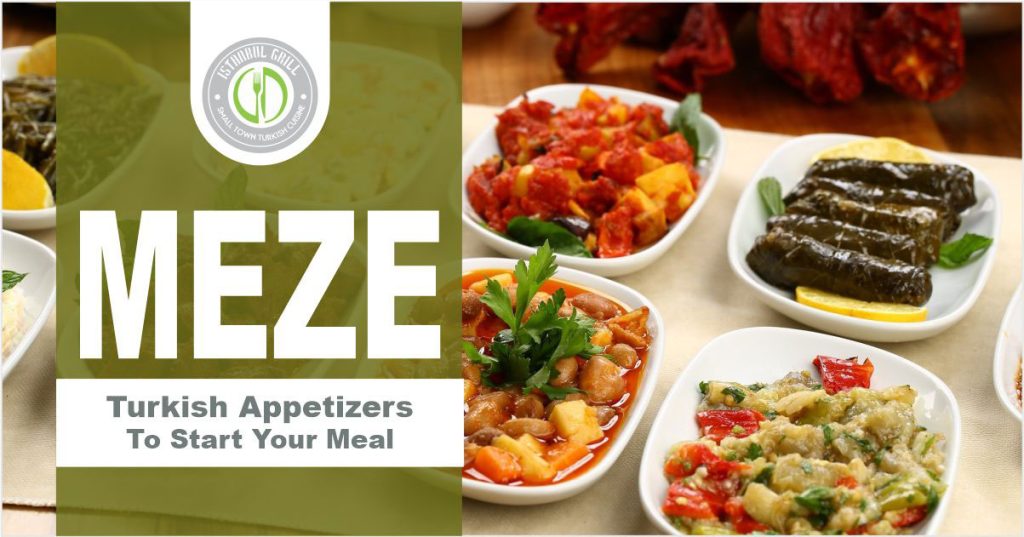
Popular Meze Dishes
Meze, small dishes served as appetizers, are perfect for sharing and experiencing a variety of flavors in one meal.
- Hummus: A creamy dip made from blended chickpeas, tahini, lemon juice, and garlic.
- Baba Ganoush: Likewise, a smoky, rich dip made from roasted eggplant mixed with tahini, garlic, and lemon juice.
- Dolma: Grape leaves stuffed with a mixture of rice, pine nuts, and currants, often served cold with a drizzle of olive oil.
Perfect Pairings
Meze dishes are best enjoyed with freshly baked bread, such as lavash or pide, and a glass of raki, the traditional anise-flavored spirit.
3. Lahmacun: The Turkish Pizza

Ingredients and Preparation
Lahmacun is a thin, crispy flatbread topped with a flavorful mixture of minced meat, tomatoes, onions, and a blend of spices like cumin, paprika, and sumac. Therefore, it’s often referred to as Turkish pizza due to its shape and versatility.
How to Enjoy Lahmacun
To fully savor lahmacun, roll it up with fresh parsley, a squeeze of lemon juice, and sometimes a few slices of pickled vegetables. Consequently, it’s a light yet satisfying option for any meal.
4. Pide: Turkish Flatbread with a Twist

Varieties of Pide
Pide is a boat-shaped flatbread that comes with various toppings. Specifically, It makes it a versatile choice for any palate.
- Kiymali Pide: Topped with a savory mix of minced meat, onions, and spices.
- Peynirli Pide: Loaded with a blend of cheeses, often accompanied by spinach or eggs for added richness
Best Times to Eat Pide
Pide is a versatile dish that can be enjoyed as a main course, a snack, or even for breakfast. Moreover, its comforting and satisfying nature makes it a favorite at any time of day.
5. Manti: Tiny Turkish Dumplings

Traditional Filling and Sauce
Manti are small, delicate dumplings filled with spiced meat, usually lamb or beef. Similarly, they are typically served with a generous dollop of garlic yogurt sauce and a drizzle of melted butter infused with paprika and mint Turkish Restaurant Dishes.
Regional Variations
Different regions in Turkey offer variations of manti. For example, in Kayseri, the dumplings are particularly small and tightly packed, often served with a tomato-based sauce.
6. Imam Bayildi: A Vegetarian Delight
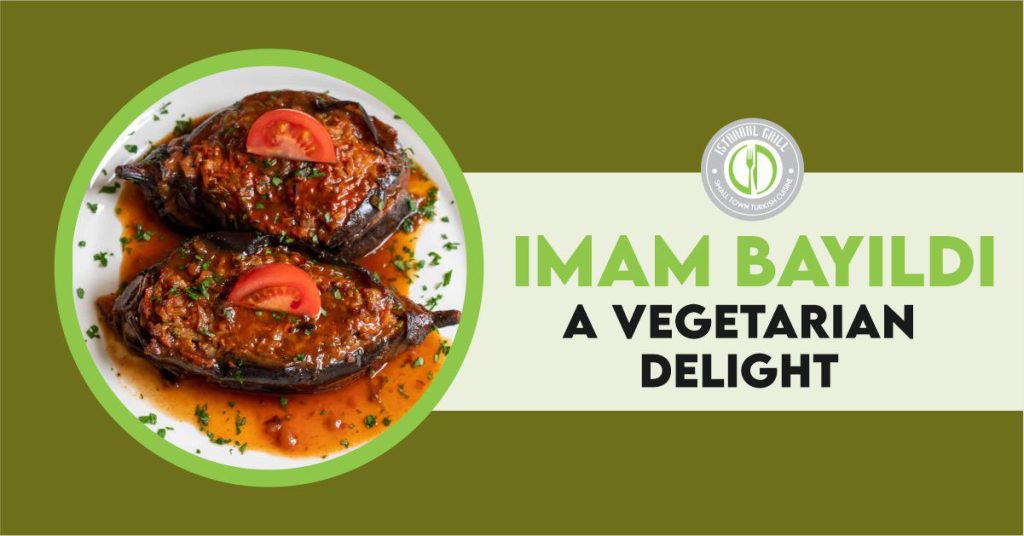
Ingredients and Cooking Method
Imam Bayildi, which translates to “the imam fainted,” is a classic vegetarian dish made from eggplants stuffed with a savory mixture of onions, garlic, tomatoes, and herbs, all simmered in olive oil.
Health Benefits
This dish is not only flavorful but also packed with nutrients. Eggplants are rich in antioxidants, while olive oil provides healthy fats, making Imam Bayildi a wholesome and delicious choice.
7. Iskender Kebab: A Feast for the Senses
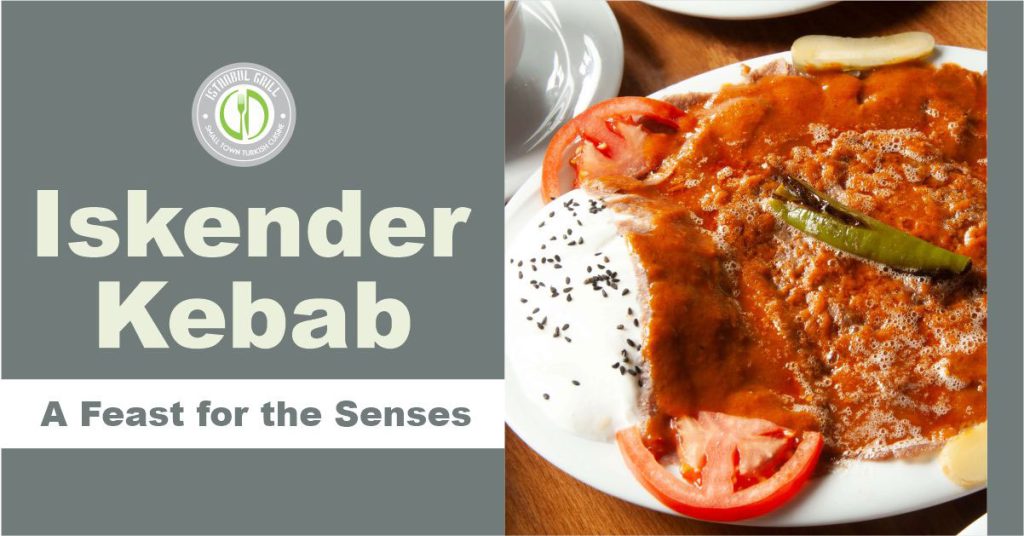
Origin and History
Iskender Kebab, named after its creator, Iskender Efendi, hails from the northwestern city of Bursa. In addition, it features thinly sliced lamb or beef, served over pieces of pide bread, and drizzled with hot tomato sauce and melted butter.
Serving Suggestion
Iskender Kebab is traditionally served with a side of yogurt and grilled vegetables. Now moreover, add a refreshing balance to the rich and hearty flavors.
8. Köfte: Turkish Meatballs
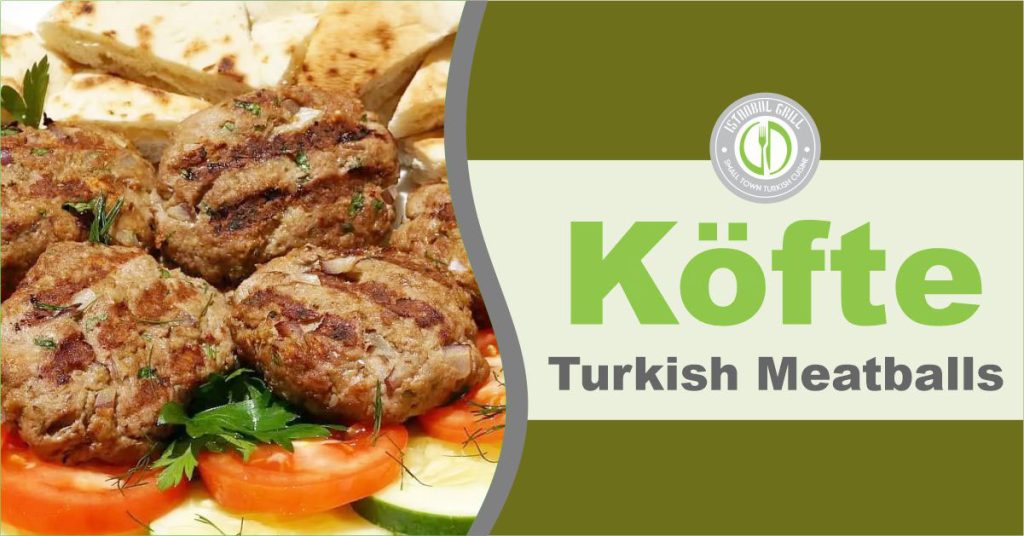
Different Types of Köfte
Köfte are savory meatballs made from minced meat mixed with a blend of herbs and spices.
- Inegöl Köfte: Originating from the town of Inegöl, these are simple yet flavorful meatballs seasoned with minimal spices to let the meat’s natural flavor shine.
- Cızbız Köfte: These are typically grilled and often served with a side of bread as well as fresh vegetables.
How to Serve Köfte
Köfte can be enjoyed in various ways, from serving with a side of rice or bulgur to tucked into a warm piece of flatbread with a dollop of yogurt and a sprinkle of sumac.
9. Baklava: The Ultimate Turkish Dessert
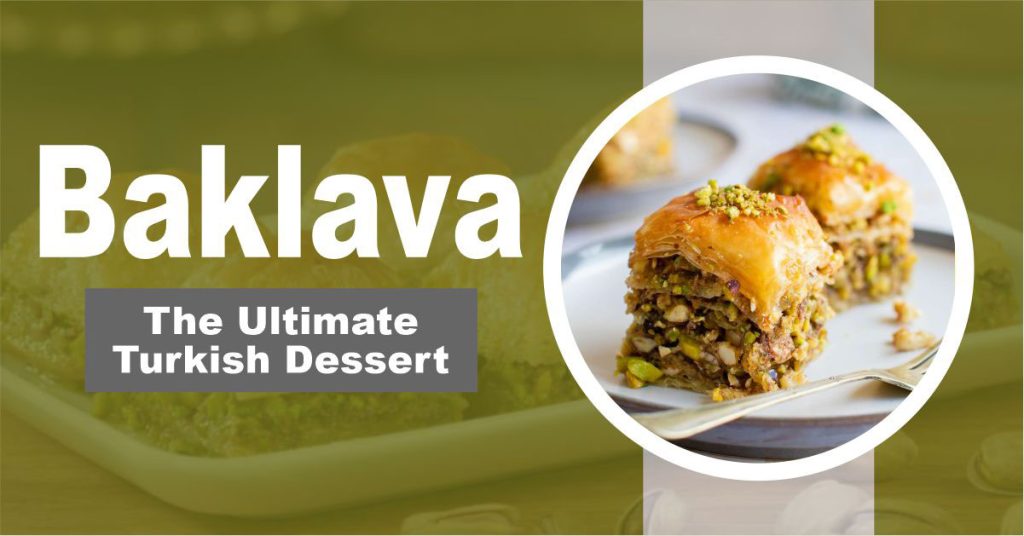
Ingredients and Layers
Baklava is a rich, sweet pastry made from layers of filo dough filled with chopped nuts and sweetened with syrup or honey. Likewise, the combination of crispy, flaky layers and the nutty, sweet filling makes it an irresistible treat.
Best Places to Eat Baklava
While baklava is available throughout Turkey, some of the best can be found in the city of Gaziantep, known for its high-quality pistachios and traditional baklava-making techniques.
10. Turkish Delight: A Sweet Treat
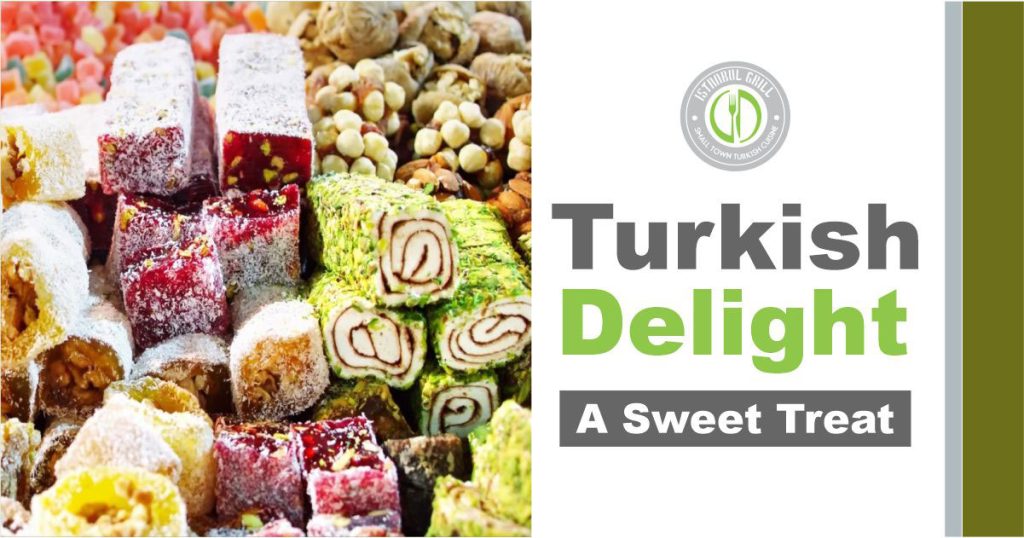
Flavors and Varieties
Turkish Delight, or Lokum, is a soft, chewy confection in various flavors. In Addition, it includes rose, lemon, and pistachio. Moreover, each piece is often dusted with powdered sugar to prevent sticking and add a touch of sweetness.
Perfect Occasions for Turkish Delight
Turkish Delight is a versatile sweet. Specifically, perfect for enjoying a cup of Turkish tea or coffee, or as a thoughtful gift to bring back from your travels.
The Turkish Tea and Coffee Experience
Importance in Turkish Culture
Tea and coffee hold a special place in Turkish culture, often enjoyed as a symbol of hospitality and friendship. Turkish tea, or çay, is typically served in small tulip-shaped glasses, while Turkish coffee is known for its strong, rich flavor and distinctive brewing method.
How to Brew and Serve
Brewing Turkish tea involves using a two-tiered teapot, where the bottom pot is used to boil water, and the top pot is used to steep the tea leaves. For Turkish coffee, finely ground coffee beans are simmered with water and sugar in a special pot called a cezve and then served unfiltered in small cups.
Conclusion
Enjoying a meal at a Turkish restaurant is a pleasant way to discover flavors, textures, and scents. Finally, every dish offers a taste of Turkey’s rich food tradition, from the sweet, nutty layers of Kunefe to the smoky char of Adana kebabs. There is something for everyone in Turkish cuisine, regardless of your favorite for lighter, vegetarian options or hearty meat dishes.


